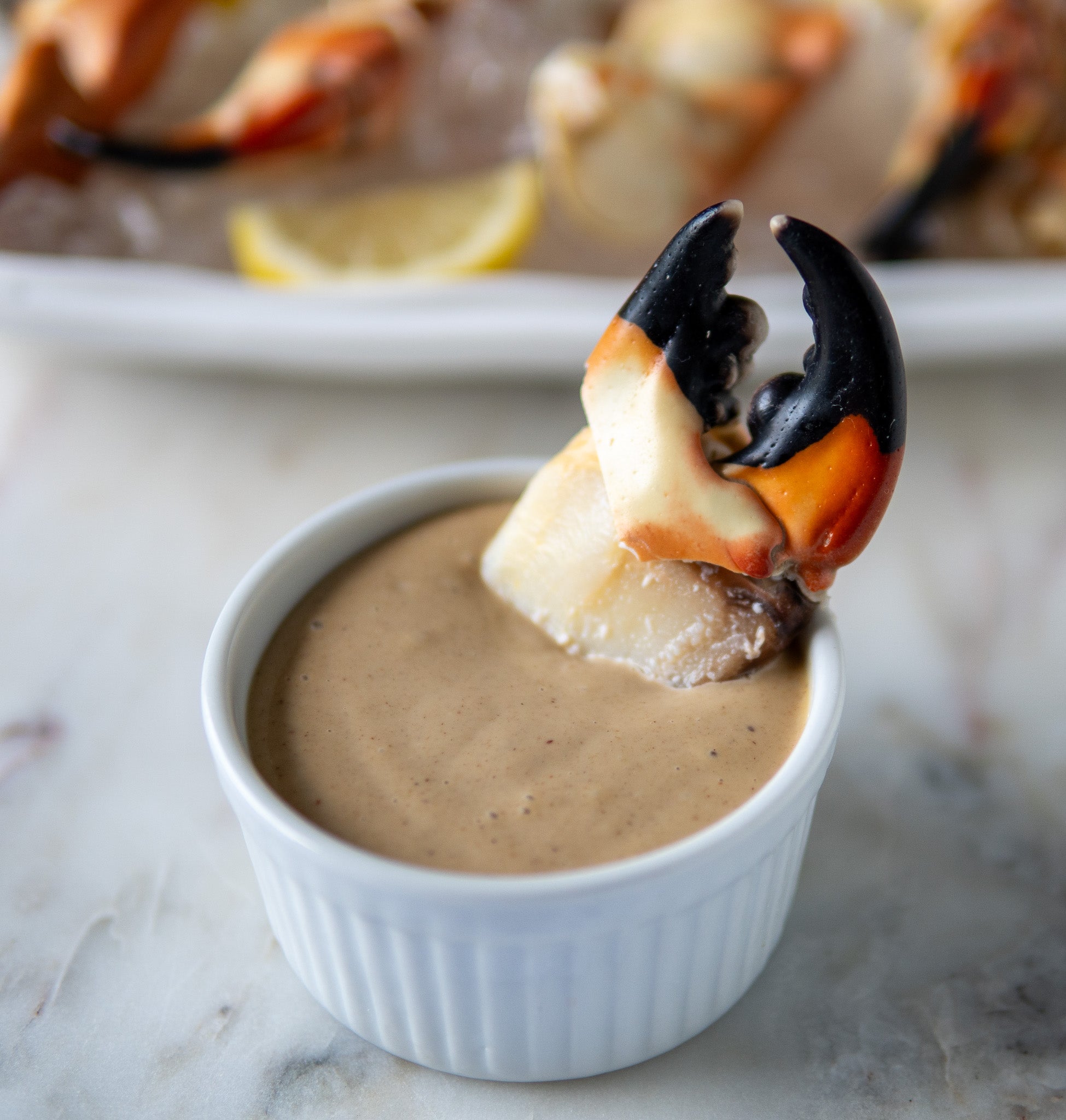DIY Crab Shell Uses: Compost, Broth, and Beyond
Seafood lovers know the joy of cracking into fresh crab, savoring its sweet and delicate meat. But after the feast, a question often lingers: what should you do with the leftover shells? Instead of tossing them away, you can transform crab shells into valuable resources that add flavor, nutrition, or even sustainability to your daily life. From kitchen creations like savory broths to eco-friendly gardening solutions, crab shells have a surprising number of uses that go far beyond the dinner table.
In this guide, we’ll dive deep into what to do with crab shells, share a delicious crab broth recipe, and explore the benefits of using crab shells in compost.
What to Do With Crab Shells After a Meal
Many people wonder what to do with crab shells once the meat has been enjoyed. The good news is, they are far more versatile than you might think. Instead of discarding them, you can use crab shells to enhance your cooking, enrich your garden, or even repurpose them for creative DIY projects. From flavor-packed stock to calcium-rich fertilizer, these shells are full of potential. By reusing crab shells, you reduce waste and give a second life to something that might otherwise end up in the trash.
Transforming Shells Into Flavor: A Crab Broth Recipe
One of the most popular and practical uses for crab shells is turning them into a rich, aromatic broth. A good crab broth recipe starts with roasted shells, which release deep flavors when lightly browned in the oven. Combine them with aromatics like onion, celery, carrots, garlic, and a splash of white wine before simmering gently in water for several hours. The result is a deeply flavorful stock that serves as a base for soups, stews, risottos, or even seafood pasta.
This broth not only maximizes the value of your crab purchase but also captures the essence of the ocean in a single pot. Freeze any extra broth in small containers, and you’ll always have a gourmet foundation ready for your next culinary adventure.
Crab Compost: Giving Back to the Earth
If cooking isn’t your focus, you can return the shells to nature by using them in your garden. Making crab compost is one of the most sustainable choices you can make. Crab shells are rich in calcium carbonate, nitrogen, and chitin, all of which are valuable nutrients for soil health. When ground into smaller pieces and added to compost piles, the shells break down over time, enriching the mix with minerals that strengthen plant roots and improve soil structure.
Even better, the chitin in crab shells helps repel harmful nematodes and supports beneficial microorganisms, giving your plants natural protection. For home gardeners, this means stronger vegetables, healthier flowers, and a more resilient garden ecosystem.
Beyond the Obvious: Other DIY Uses for Crab Shells
While broth and compost are the most common applications, crab shells can be repurposed in other creative ways:
-
Calcium Powder: Dried shells can be crushed into a fine powder and added to soil, chicken feed, or even homemade pet supplements.
-
Natural Cleaning Abrasive: Ground shells can be mixed with baking soda to create a gentle, eco-friendly scrub for tough surfaces.
-
Craft Projects: Artists sometimes use crab shells in jewelry, ornaments, or coastal-themed decor for a truly ocean inspired touch.
These uses not only reduce waste but also bring a sense of creativity and sustainability into your daily routines.
Why Reusing Crab Shells Matters
Repurposing crab shells is about more than saving money or reducing waste, it's about creating a sustainable cycle. By turning leftovers into resources, you contribute to a more eco-conscious lifestyle. Whether you’re crafting a flavorful broth, enriching your compost, or exploring innovative DIY projects, these shells provide a simple yet powerful way to reconnect with nature’s rhythms.
Conclusion: From Kitchen to Garden and Beyond
The next time you enjoy a seafood dinner, don’t let those leftover shells go to waste. With a little creativity, you can turn them into something useful and meaningful. A pot of aromatic broth, nutrient-packed compost, or even a small craft project each approach highlights the many ways crab shells can continue giving long after the meal is over.
By understanding what to do with crab shells, trying out a flavorful crab broth recipe, and enriching your soil with crab compost, you’re not just reusing waste, you're embracing sustainability in its simplest, most rewarding form.



